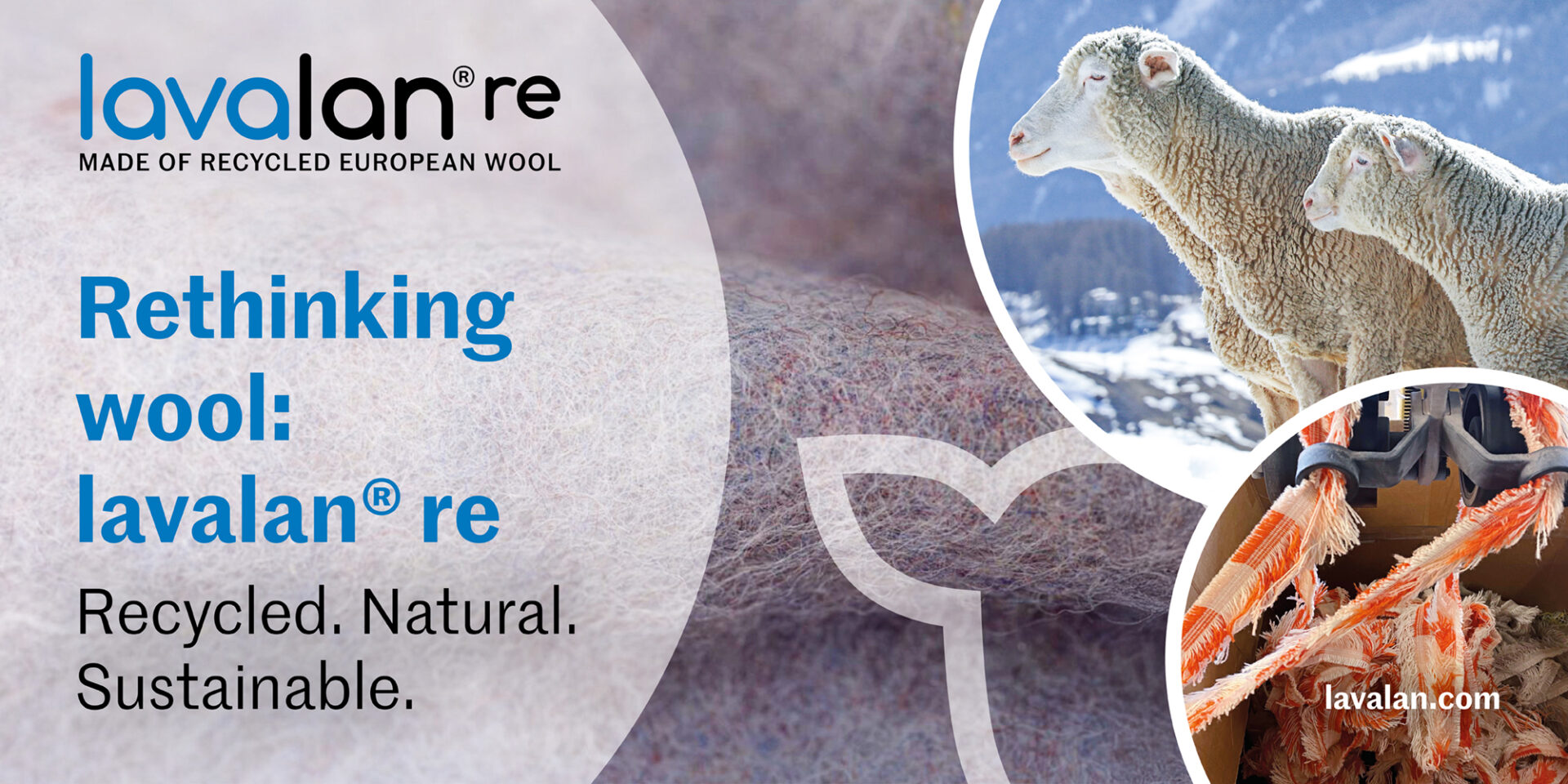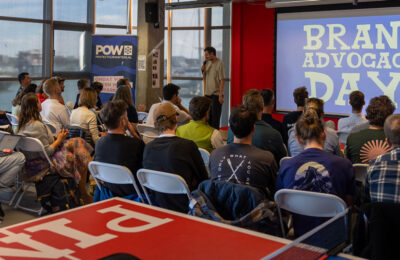Life cycle assessments continue to ignore what matters most in natural materials. Circular and regenerative design specialist Kjersti Kviseth warns that as the Digital Product Passport rolls out, those flaws risk becoming policy.
Thirty years ago, I ordered my first life cycle assessment (LCA) and learned how results would shift dramatically, for example, depending on whether generic or site-specific data was used. Even then, it was clear to me this tool, designed for industrial processes, failed to capture the complexity of natural materials.
Years later, in the report Wool in LCA and EcoDesign, I challenged the idea that wool could be accurately rated without factoring in its inherent qualities: resistance to odor, less frequent washing, longer emotional lifespan. These aren’t sentimental details, I argued – they’re practical, real impacts that LCA based tools overlook.
Fast forward to today, and little has changed.
New tools, same blind spots
All of this has been known for years. Yet the same limitations continue to haunt the sustainability tools. The Higg Index, and particularly its Materials Sustainability Index (MSI), remains reliant on insufficient LCA data. Wool lands at the bottom, partly because the available data are limited and outdated, mainly because the methodology doesnt do justice to naturals, like biodiversity or regenerative. Brands using the full Product Module can learn that adjusting for wool’s durability, care requirements, and recyclability, shifts the needle. But this remains a quiet option, not a headline message.
The European Union’s Product Environmental Footprint (PEF), set to inform the Digital Product Passport (DPP), is even more embedded in LCA methodology. It promises transparency for consumers, yet few policymakers or designers understand how ill-suited LCAs are for biological systems. The result? More bureaucracy, more pressure on supply chains, high costs, and still no fair representation of natural materials.
Data gaps and emerging solutions
Most wool LCAs reflect large-scale Southern Hemisphere merino, leaving smaller producing countries and European wool out of view. A recent Norwegian LCA is a rare exception. LCAs are resource intensive, farming systems are complex and diverse, and funding is a key hurdle. The International Wool Textile Organisation (IWTO) is introducing a biogenic approach to carbon footprinting aligned with ISO 14067, correcting inflated emissions by addressing carbon flows in living systems. These are very promising steps.
In sum, LCA isn`t the enemy. It`s just an accounting tool providing numbers, and counting only gets us so far. My call to action is to choose natural because of performance – but most of all because you love it. Love is the strongest force we have, especially in disrupted times. Nature is magic. Count on nature instead of counting it.
Lead Photo: Unsplash
Portrait: Nadia Frantsen















Sorry, the comment form is closed at this time.